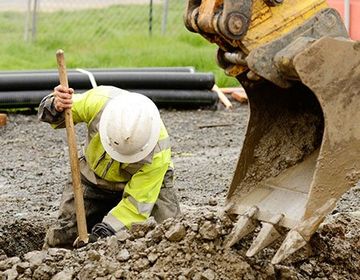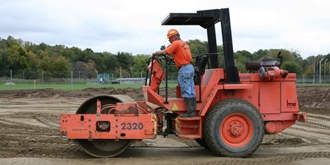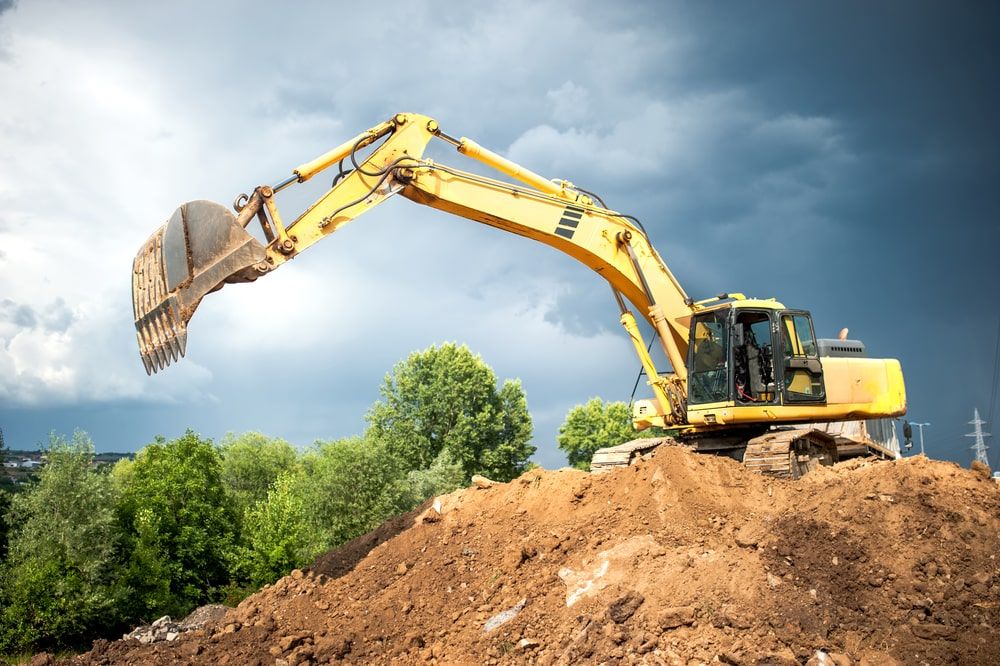Septic Ohio - Comprehensive Septic Tank Providers in Ohio
Septic Ohio - Comprehensive Septic Tank Providers in Ohio
Blog Article
Comprehensive Expedition: The Scientific Research Behind Superior Excavation Practices
From ancient hand tools to contemporary hydraulic excavators, the advancement of excavation techniques has actually been a testament to human resourcefulness and technological developments. What genuinely sets premium excavation methods apart is a deep understanding of geological concepts, coupled with the application of advanced devices and approaches.
Evolution of Excavation Strategies
Throughout history, the evolution of excavation methods has played a crucial function beforehand building and construction techniques and archaeological discoveries. From the rudimentary devices utilized by our forefathers to the sophisticated equipment employed in modern-day times, the progression of excavation methods has considerably transformed how we come close to numerous jobs.
In old times, manual labor with basic devices such as wheelbarrows, pickaxes, and shovels was the primary technique of excavation. This labor-intensive procedure limited the deepness and range of excavations, often leading to sluggish progression and limited accessibility to specific sites. As people progressed, so did the techniques and tools made use of for excavation.
The Industrial Transformation noted a transforming point in excavation methods with the introduction of steam-powered equipment. In contemporary times, technology plays a crucial duty in excavation, with innovations like General practitioner systems, drones, and 3D scanning boosting accuracy and efficiency in the field.
Duty of Innovation in Excavation

The integration of innovative technology has actually basically reinvented the field of excavation, improving accuracy and efficiency to extraordinary degrees. One of the key technical developments that has actually significantly influenced excavation techniques is the application of GPS systems. These systems permit exact mapping of excavation sites, making it possible for operators to precisely find below ground energies and frameworks. Furthermore, the use of telematics in excavation tools has allowed real-time surveillance of equipment performance, bring about proactive maintenance and enhanced functional productivity.
Additionally, the arrival of 3D modeling and simulation software has streamlined the planning process for excavation projects. Designers and operators can currently visualize the entire excavation procedure before beginning, optimizing and identifying prospective difficulties operations. Along with this, the execution of drones in excavation activities has helped with airborne surveys, volumetric measurements, and site inspections with unrivaled speed and precision.
Geological Concepts in Excavation
An understanding of geological concepts is necessary for making sure the structural stability and security of excavation websites. Geological variables play an important role in identifying the expediency and security of excavation projects (lancaster excavation). One key geological concept to consider is the type of soil or rock existing at the website. Various dirt kinds, such as crushed rock, sand, or clay, have varying levels of stability and need different excavation methods. Natural dirts like clay may call for extra support to protect against collapses, while sandy soils may be prone to erosion throughout excavation.
By conducting extensive geological surveys and analysis, engineers and excavators can create approaches to alleviate risks and make sure directory the successful conclusion of excavation jobs. Eventually, integrating geological concepts right into excavation methods is vital for accomplishing secure, reliable, and sustainable results.

Most Recent Tools for Excavation
In the world of excavation methods, contemporary advancements in tools have transformed the efficiency and precision of excavation processes. These drones can give thorough airborne surveys of excavation websites, providing real-time data on topography and prospective hazards.
An additional cutting-edge device obtaining appeal is the application of 3D printing modern technology for developing personalized excavation tools. This permits the production of specialized devices that are customized to the details requirements of a project, boosting efficiency and lowering downtime.
Furthermore, innovations in materials science have actually led to the development of more powerful and more long lasting excavation devices. lancaster trenching. Tungsten carbide-tipped excavator attachments, for example, offer exceptional efficiency in tough ground conditions, enhancing efficiency on-site
Science's Effect on Excavation Practices

In addition, clinical research on soil technicians and geotechnical design has actually offered useful insights right into dirt actions, allowing excavation experts to make enlightened choices regarding excavation approaches and soil stabilization methods. On the whole, scientific research continues to drive development and enhancement in excavation methods, making excavation jobs extra reliable, affordable, and lasting.

Conclusion
Finally, the evolution of excavation strategies has actually been substantially influenced by innovations in technology and a deeper understanding of geological principles. The most up to date devices and equipment utilized in excavation have actually improved effectiveness and precision in the area. The application of scientific knowledge has considerably enhanced excavation techniques, resulting in more lasting and efficient methods for excavating numerous sorts of materials.
In the realm of excavation techniques, contemporary technologies in tools have reinvented the efficiency and accuracy of excavation procedures. By leveraging scientific concepts, the excavation sector has been able to dramatically improve efficiency, accuracy, and security in excavation procedures. GPR enables excavation teams to non-invasively scan and map subsurface structures, utilities, and prospective threats, allowing them to intend excavation tasks with better accuracy and decreased danger of mishaps.
Additionally, scientific research on soil auto mechanics and geotechnical engineering has actually supplied important understandings into dirt habits, allowing excavation specialists to make educated decisions pertaining to excavation methods and dirt stabilization strategies. Overall, science continues to drive innovation and improvement in excavation practices, making excavation projects extra reliable, this post cost-efficient, and lasting.
Report this page